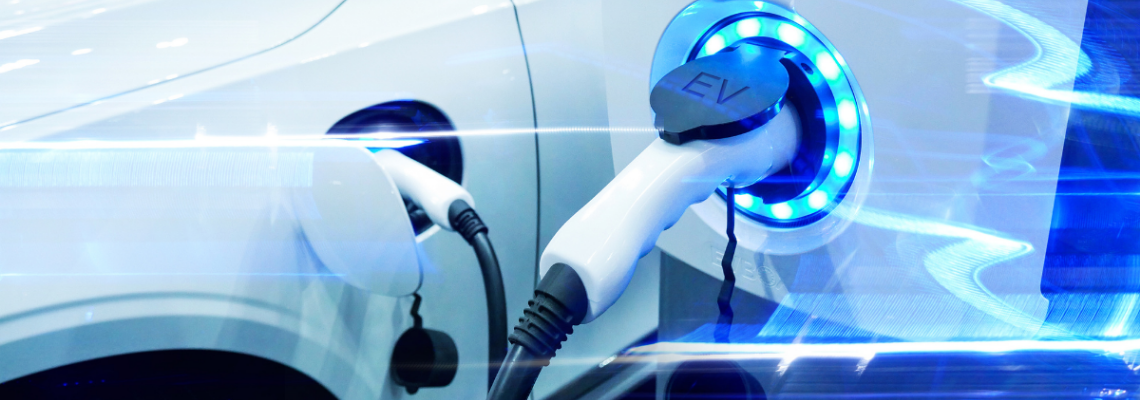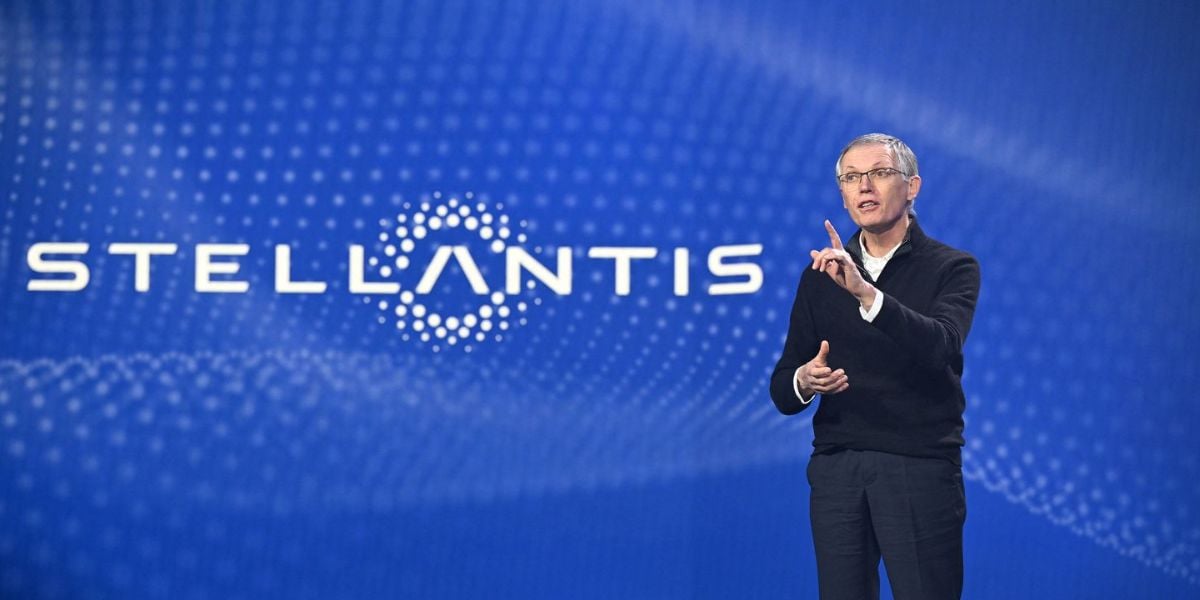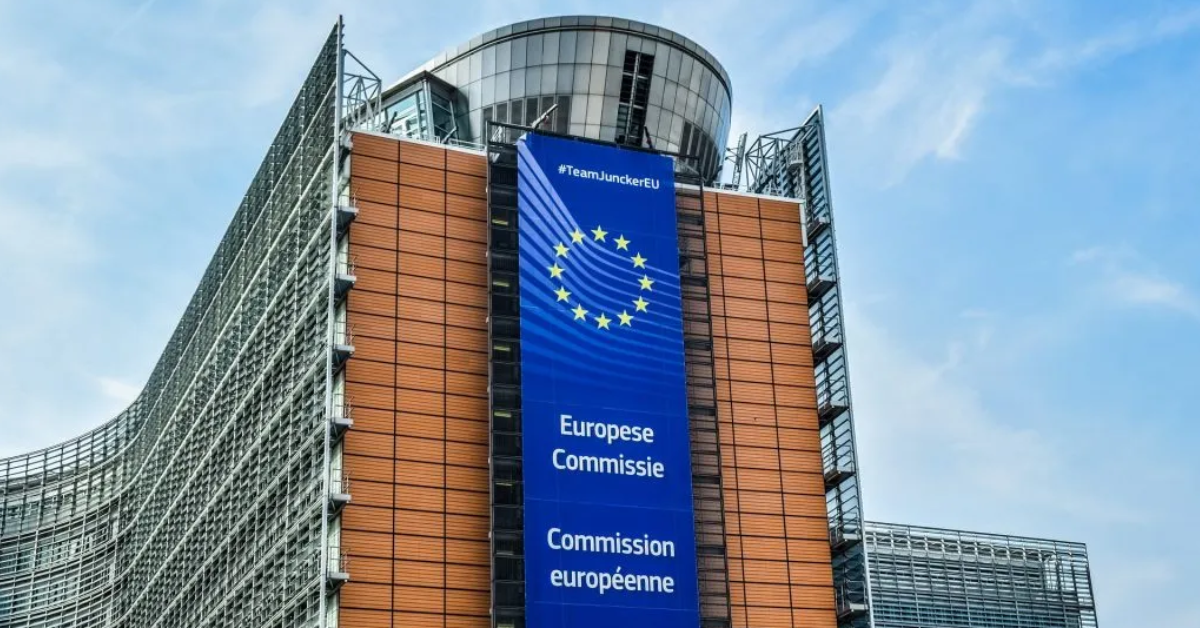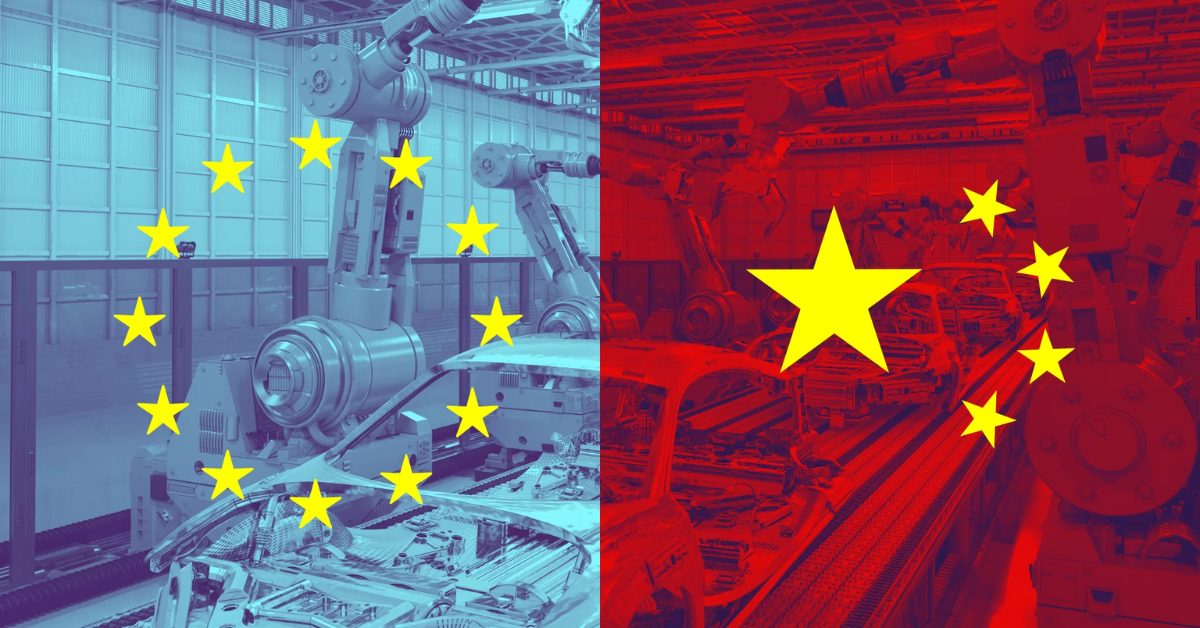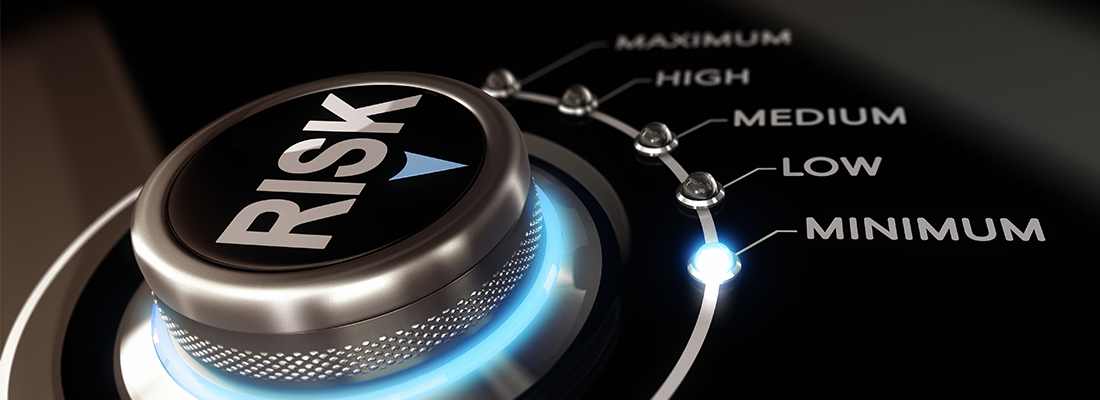Innovation drivers of automotive remanufacturing
Remanufacturing is a complex business which requires creativity and innovation because the challenges are immense. There are some critical areas that need continuous improvement in order to stay competitive in the remanufacturing industry.
From the beginning of the process, remanufacturers are faced with a lack of material. They cannot just go to the market to buy new, raw materials but instead have to rely on return logistics to acquire old units (cores). The cores which they receive back from their customers are the bulk material which needs to be processed first in order to start manufacturing. The remanufacturing process which follows is then very different from the one used to make new products, and is more challenging.
Image: The different steps of the remanufacturing process
To stay competitive remanufacturers are driving innovation in many areas:
- The old material (cores) needs to be an exact reflection of the production plan and needs to be properly identified using digital processes
- The disassembling of the cores is a difficult job for workers. However, assisted by robots the workload and efficiency rate will improve
- Cleaning the disassembled components is key before the next steps in the production process can take place. Automated equipment will ensure the quality required in order to improve the testing of the usability of the components
- To reuse components, rebuilding is critical but specially designed smart processes and automated equipment are key
- To ensure that final products meet technical and quality requirements, sub-components must be thoroughly checked using electronic and digital testing equipment
- For older cores, which can reflect up to twenty-year-old production data, tools etc might not exist anymore. Remanufacturers must reverse-engineer their products or reinvent them
- In the case of these older cores, repair components may no longer be available so remanufacturers must adopt 3D printing as the solution
- The reassembling and final testing of the units is an important last challenge which must be improved by creating efficient, flexible and automation-assisted equipment
- Finally, the marking, labelling, packing etc of the units are areas which remanufacturers are eager to automate
The bottom line is that remanufacturers are facing immense challenges all the time and their only option if they wish to continue to develop their business is to be innovative. And believe me, they are innovative.
APRA Reman Veteran Fernand Weiland together with Professor Wolfgang Gerke and Professor Matthias Vette of Trier University of Applied Sciences/ Environmental Campus Birkenfeld are inviting again to an Online Symposium on 9 September 2020.
Related content
Invitation to the online symposium in July
Automation does not mean job reduction
Human-robot collaboration, robot-assisted disassembly
Rematec backs symposium on automated and robotized remanufacturing 2019
Reman automation and robotics symposium 2018
This how we're going to elevate remanufacturing
About the author
Fernand J. Weiland
Remanufacturer of the Year award winner 2019 and former APRA Europe chairman
Author and owner of FJW Consulting www.makenewagain.com
